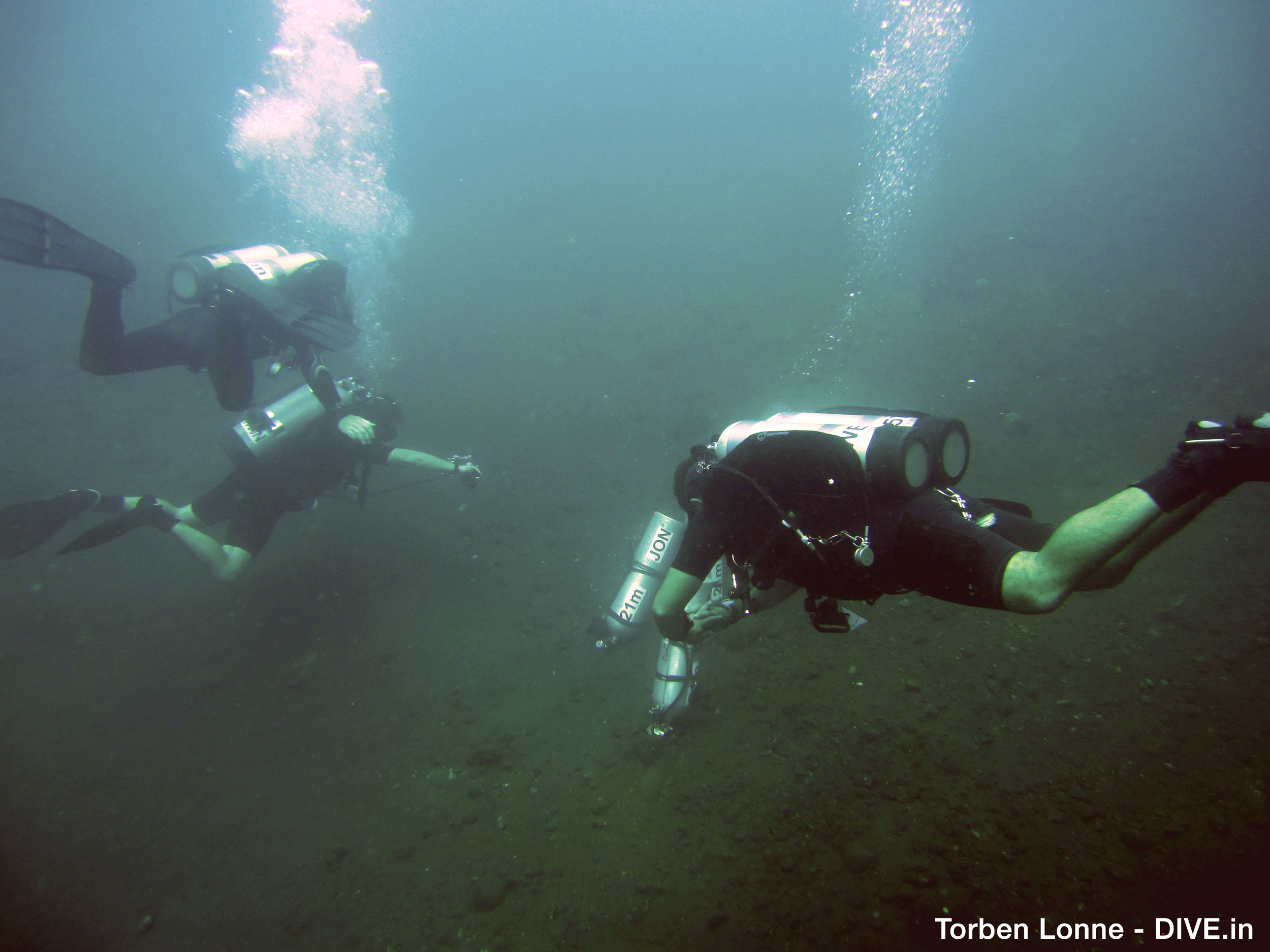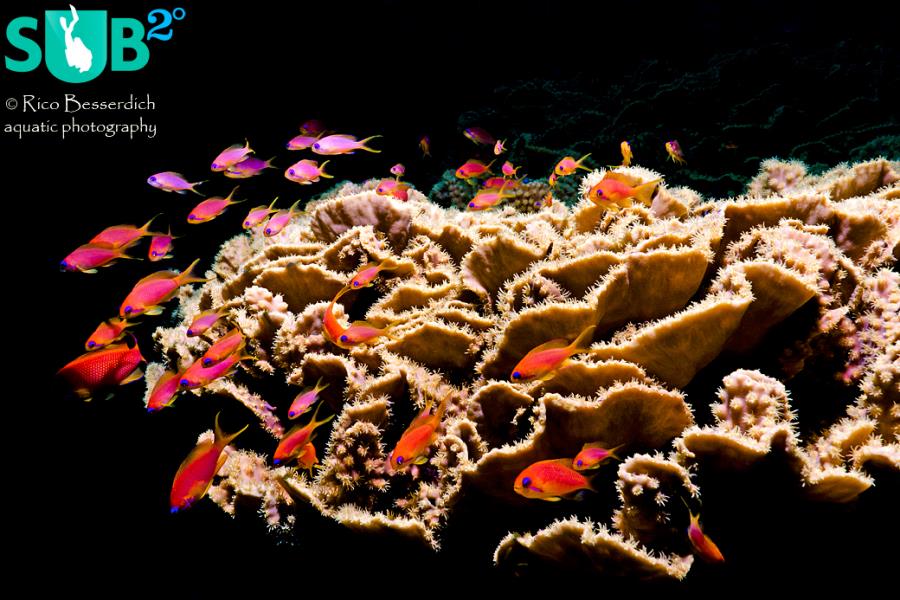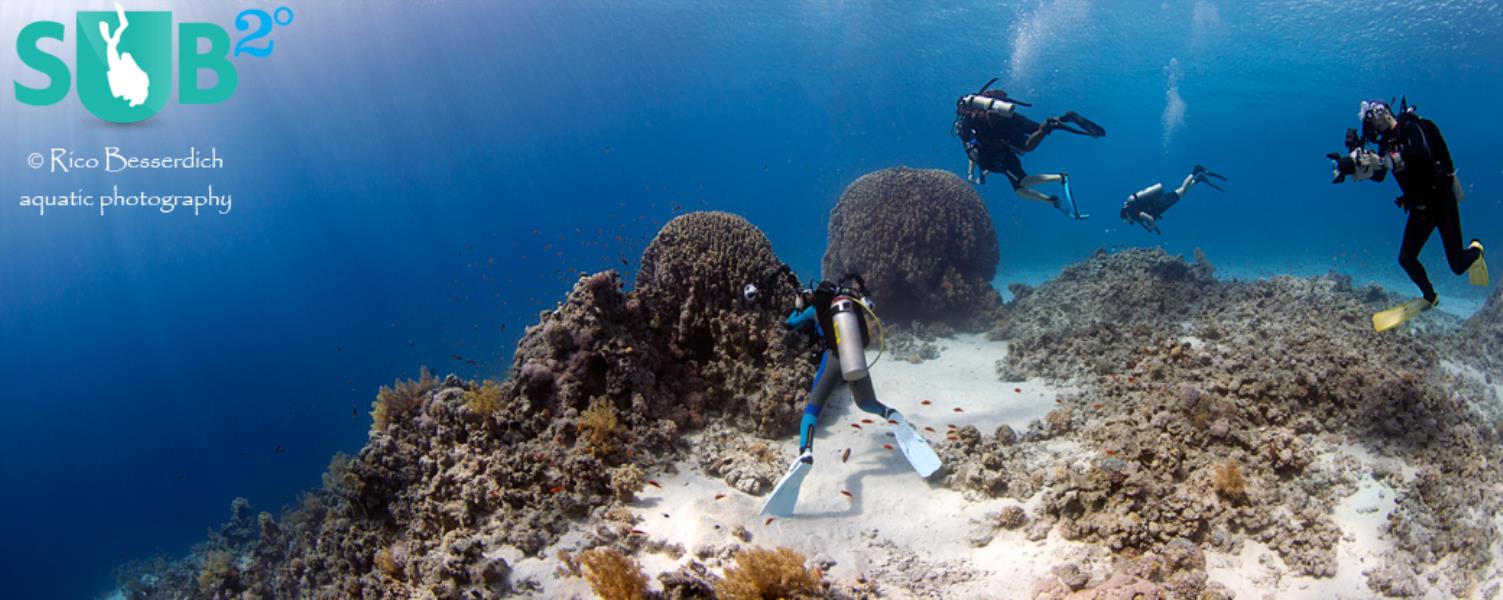
Published
May 8,
2015
Should You Start Tech Diving
Perhaps you’ve been a recreational diver for a while and want to challenge yourself with something new, or maybe the landscapes and creatures of the deep are luring you to explore further and longer. Whatever your reasons for considering the world of tech diving there are a few things you need to weigh up. While technical diving allows you venture deeper and for longer, it also encompasses further training, safety concerns and significant financial costs above and beyond those of recreational diving.
Having said this, the rewards are without a doubt and you will get to explore an area of our world that very few get to experience. So whether you want to visit the Andrea Doria, Lusitania or Prince of Wales wrecks, or dive the complex underwater caves of Mexico and Australia, here are some things to consider before you take the plunge.
Do you have the motivation?
Perhaps the most significant reason to go technical diving is motivation. If there are wrecks that entice you below the 40-meter recreational dive limits, or marine creatures that prefer to hang on a deep ledge, then technical diving is a logical consideration. Becoming a tech diver will equip you with the skills and knowledge to venture into these worlds safely.
For some people the motivation is the challenge of technical diving itself. To push your knowledge, technique and skills as a diver or undertake further training that will not only enable you to participate in extreme diving activities, but also improve your recreational diving skills.
Becoming a technical diver should never be about the badge or just achieving the accreditation, however. There are risks involved (and serious ones at that) that could impact on you and your family’s lives. So before you start signing up to training programs or buying the additional gear to become a technical diver, ask yourself if there is sufficient motivation there to warrant the potential risks and costs involved.
Do you have the experience?
You need to be realistic about your experience level before you consider technical diving. While the industry sets a minimum dive requirement before you can start technical dive training, it is really individual experience and confidence that will determine your success as a tech diver. Good buoyancy is crucial, a solid understanding of your body’s limits underwater, and the ability to assess problem situations and deal with them in a calm manner is vital. If you have completed the minimum dive requirement but are still flapping around and bumping into things underwater then you might want to reconsider technical diving. Not only will you limit your own enjoyment of the dive but you will seriously put your life at risk when you start pushing the recreational dive limits! For great tips on enhancing dive skills check out my dive skill tips on DIVE.in.
Technical vs Recreation Diving – what’s the difference?
Conventionally, a recreational dive has a depth limit of 40 meters/130 feet with a direct ascent to the surface that doesn’t require a change of gas. This is the style of diving taught to millions of people around the world who want to explore the incredible ecosystems that exist below the water’s surface.
Technical diving, on the other hand, involves descending to depths greater than 40 meters (with the added risks of nitrogen narcosis or oxygen toxicity), or an extended time on the bottom beyond the no decompression limit. As a result, it requires a compulsory staged decompression on ascent to avoid ‘the bends’, and often involves switching to an alternative gas supply. Nitrox is often breathed during the beginning and end of the dive, with trimix common at maximum depth (the added helium replacing nitrogen in the mixture). Pure oxygen is then breathed at shallow decompression stops, reducing the time needed by divers to rid the exert inert gas from their body tissues. As in recreational diving, observing required surface times in tech diving is also crucial to prevent the residual nitrogen from building up to dangerous levels on subsequent dives.
Technical diving can also involve the penetration of wrecks, caves or ice sheets beyond the natural light zone. If you are diving beneath an overhead compartment, it means a horizontal route needs to be taken before a direct ascent to the surface is possible and impacts on decompression. In addition, diving in waters where low-light conditions prevail and/or your visibility is severely impeded can have negative impacts on your orientation, sense of direction or buoyancy, particularly when strong currents are involved.
Despite the differences between recreational and technical diving, the fundamentals are the same – good buoyancy, relaxed breathing, and a high degree of awareness regarding your surroundings. In technical diving you may need to deal with a higher level of stress and find solutions to potential problems in a calm manner when at considerable depth, but these are all skills you will acquire with the comprehensive training that is offered.
What gear do you need to go tech diving?
Not only does technical diving require significant diving experience and substantial training, it also necessitates the use of additional equipment to assist you in the extreme conditions you may be entering.
Firstly, most tech divers choose to wear dry suits, whose compression-resistant insulation results in warmth and comfort at all depths. A high capacity BCD with a big air bladder is needed because, as a tech diver, you are carrying a lot of excess equipment and may be too heavy to swim to the surface in a normal BCD. An additional crotch strap harnesses you in, holding the tank (or tanks) to your back, and D-rings are mounted on the shoulders and at the waist, allowing you to clip on extra equipment.
In addition to primary and secondary regulators, an independent regulator is clipped to a harness on the side, along with an independent decompression cylinder. Twin cylinders or closed-circuit rebreathers are worn, as well as additional tanks, known as ‘stage bottles’ with different blends of gas that allow you to extend dive times or optimize decompression. Depending on dive requirements, high-pressure compressed air, enriched air or trimix is usually held within these tanks.
In contrast to recreational diving, if any of your equipment fails you can’t rely on your buddy to help you make a swift emergency ascent, free from decompression stops. All tech diving is don as solo diving or if you dive with another diver - your are each responsible for your own safety. Alternatively, you might be confined by a cave or wreck that prevents a direct ascent for minutes or, in some cases, hours. In technical diving decompression stops are mandatory so you need to have adequate equipment that allows for this extended time before surfacing.
Taking that into account, you should always carry backups for your dive gear – a backup mask (preferably compact for minimum water resistance), dive tables and multi-gas dive computers. These are vital to track and display decompression requirements and allow tech divers to switch to different gas blends while still continue to track nitrogen absorption and oxygen exposure.
Lastly, a compass, slate, delayed surface marker buoy (DSMB), emergency signaling devices, z-knife, shears, safety reel, and lift bag should all be carried when you are tech diving and will enable you to deal with all potentially problematic situations.
With safety concerns in mind, you should never compromise on quality when purchasing technical diving equipment. Always buy the best quality you can find with adequate warranties, and don’t wait for something to go wrong with your equipment before you get it serviced. The same goes for gas – don’t purchase cheap helium just to save a few dollars. Your safety is always worth the added cost.
Where can I train to become a tech diver?
Once you’ve decided that the motivation is there and you’re willing to commit to the training, safety and financial costs of technical diving then it’s time to find a course. Technical Diving International (TDI), Global Underwater Explorers (GUE), Professional Scuba Association International (PSAI), International Association of Nitrox and Technical Divers (IANTD) and the National Association of Underwater Instructors (NAUI) all offer comprehensive technical diver training.
Of these, TDI is the largest and was one of the first to provide training in mixed gas diving and re-breathers and meet the standards set by the World Recreational Scuba Diving Council. Their programs range from introductory tech diving courses that look at open circuit systems using both air and other mixed gases (including nitrox and trimix), to overhead environment courses that equip you to deal with cave, cavern or wreck situations. You can also take rebreather courses in oxygen, semi-closed circuit and fully closed circuit that will assist you to efficiently use your gases and optimize decompression. In addition, they also have courses that teach you to accurately blend gases yourself, as well as technical diver instructor and divemaster courses for advanced students.
The courses are updated as technology continues to change and new, more advanced equipment becomes available, and choosing an agency that is committed to this and the innovation of new diving techniques will be the most rewarding. It is important that your trainer is a highly experienced technical diver themselves and the knowledge and skills they pass onto you will equip you to become a safe and successful tech diver.
Is it as safe as Recreational Diving?
Safety is always a hot topic when you start talking about technical diving. The increased risks of diving at greater depths and for extended periods, as well as diving within overhead spaces, are real. But if you are a confident and aware diver and undertake comprehensive technical dive training, there is no reason you should encounter safety issues that you are not fully equipped to deal with. Technical diving takes into account the full range of problems you could encounter as a result of diving in extreme conditions and the use of backup and alternative equipment facilitates you in managing a vast range of situations.
Featured Posts
-

Please "Like" My Photo!
Once you've made some cool underwater shots, you would love to have more people notice your photos, for example by sharing them on Facebook. A path full of potential but lots of nasty obstacles on the way. Let's have a look!
-

Reef-Art: Looking at the Reef...
Reef-Art shows fascinating insights to an underwater world, 99% of the divers never see. Reef-Art is the "Fine Art" of macro photography. It's a passion! The passion to bring your audience something they don't expect, they h...
-

Underwater Photography: Shoot...
Are you ready for huge perspectives in your underwater photographs? Wide-angles are fine but do you want it even wider? Time to check out underwater panorama photography!


Load more comments